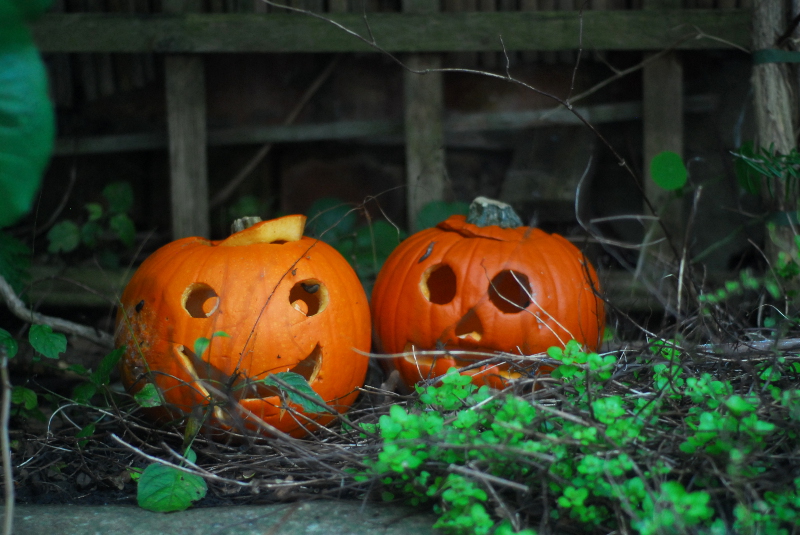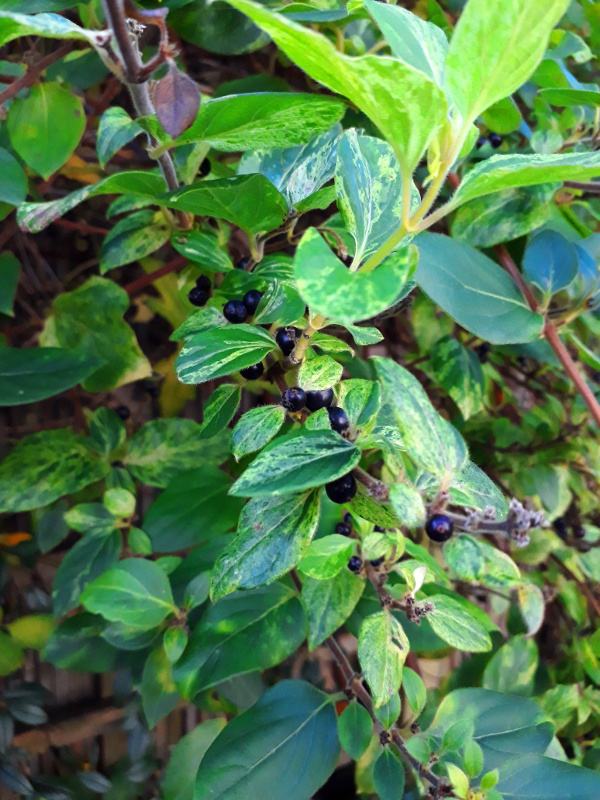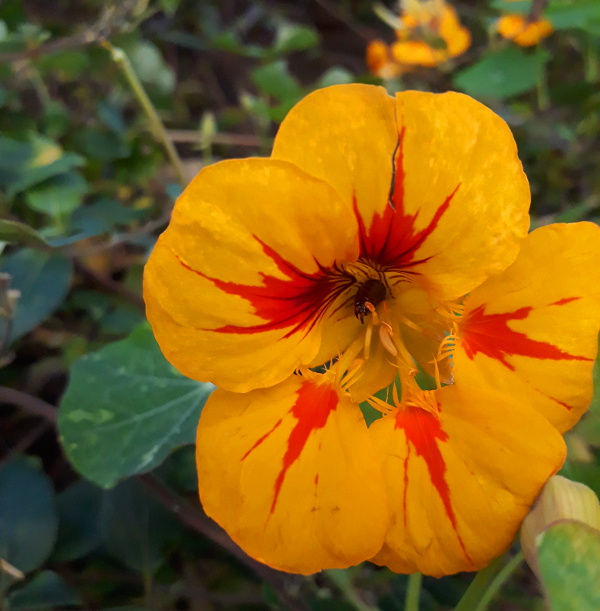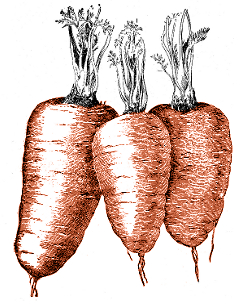Posted in Children, Garden Diary, Environmentalism, Experimentation, The Old Garden In Bristol on Sunday, November 8th 2020 (10.14 AM).
The other day, over on the main blog, I briefly mentioned that the Hallowe’en pumpkins have been put into the darkest corner of the garden, the southern end of the back bed, for the local slugs and snails to eat. As not much grows successfully in that corner of the back bed save for sweet cicely and (once) tree spinach, it tends to be left as something of a wildlife corner; and The Child Who Likes Animals likes to leave things like melon rind there, to see how it attracts invertebrates and to watch it decay. So, a week ago when it was time to put the hollowed-out carved pumpkins in the food waste, we thought it might be a nice idea to leave them in the garden instead.

It was getting towards twilight yesterday when I took this photo; but you can see that there are a number of small slugs greatly enjoying them. Mould is spreading, too, and spiders are using them to lurk behind. If they behave like a melon rind does, the flesh will slowly disappear and possibly in a few weeks time only a papery skin will be left.
Halloween, pumpkin, squash, decay, back bed, autumn
Posted in Garden Diary, The Old Garden In Bristol on Sunday, November 1st 2020 (9.47 PM).
A month since the last post on the garden blog, and not much has changed. For a number of reasons I have not done very much at all in the garden, not least the continuous bleak weather: cold, rainy, and blustery. Occasionally there is a clear night and Mars, Saturn and Jupiter sail smoothly across the sky; but more usually the heavens are filled with fast-moving grey scudding clouds.
The plants are still growing, of course; or are settling down for winter. The honeysuckle’s flowers have gone, and it is covered in little dark round berries instead.

The nasturtiums I mentioned previously are still going strong, though, covering the back bed from top to bottom in yellow flowers and straggling halfway across the decking too. The bumblebees are still feeding from them; next year’s queen bumblebees preparing to hibernate, I presume. In this one, however, I spotted an earwig, its head down and pincers outwards.

Apparently you can sex earwigs by the size and shape of their pincers. I didn’t try with this one, and left it be inside its flower.
autumn, bumblebee, nasturtium, Tropaeolum, bee, honeysuckle, Lonicera, earwig




